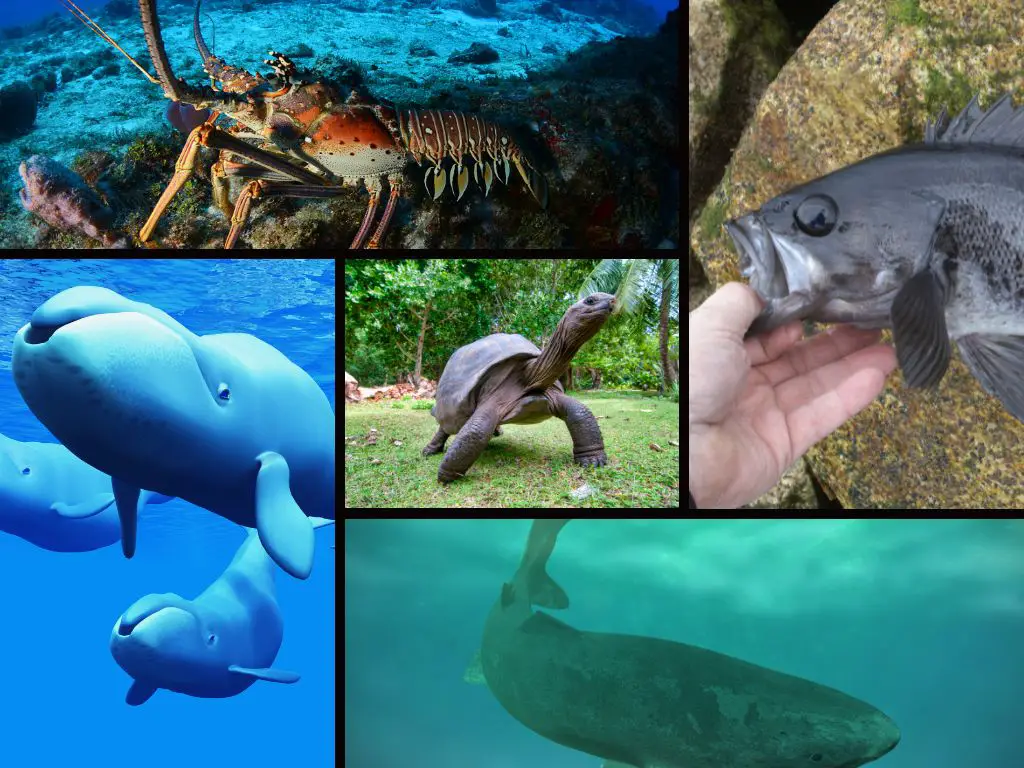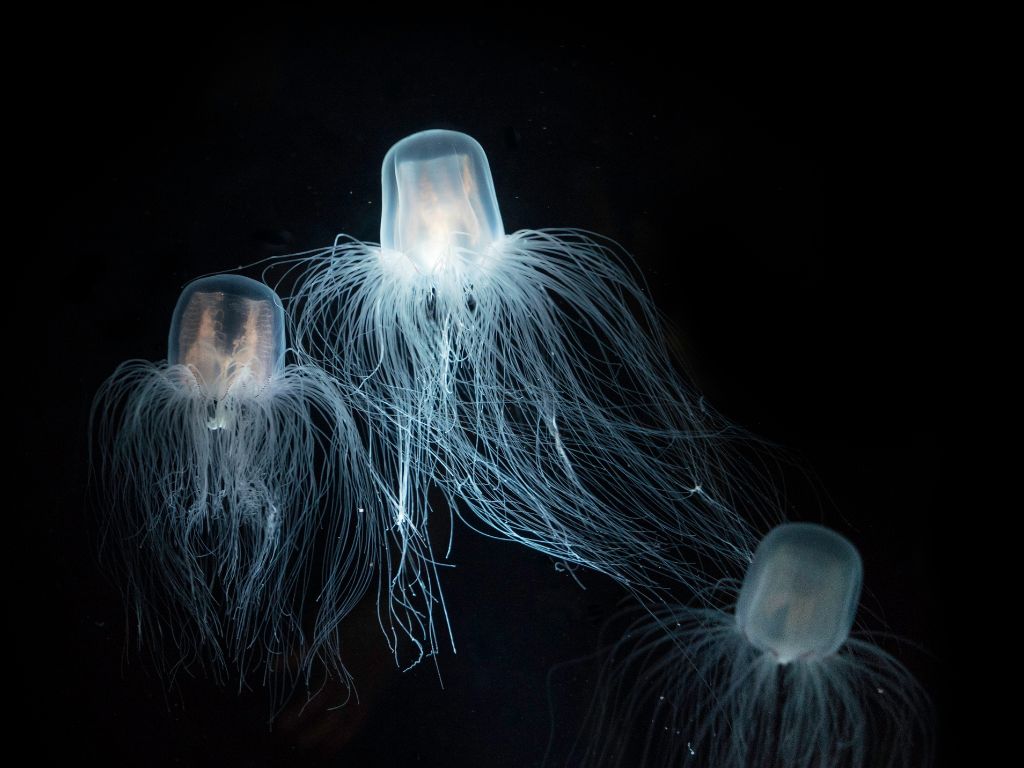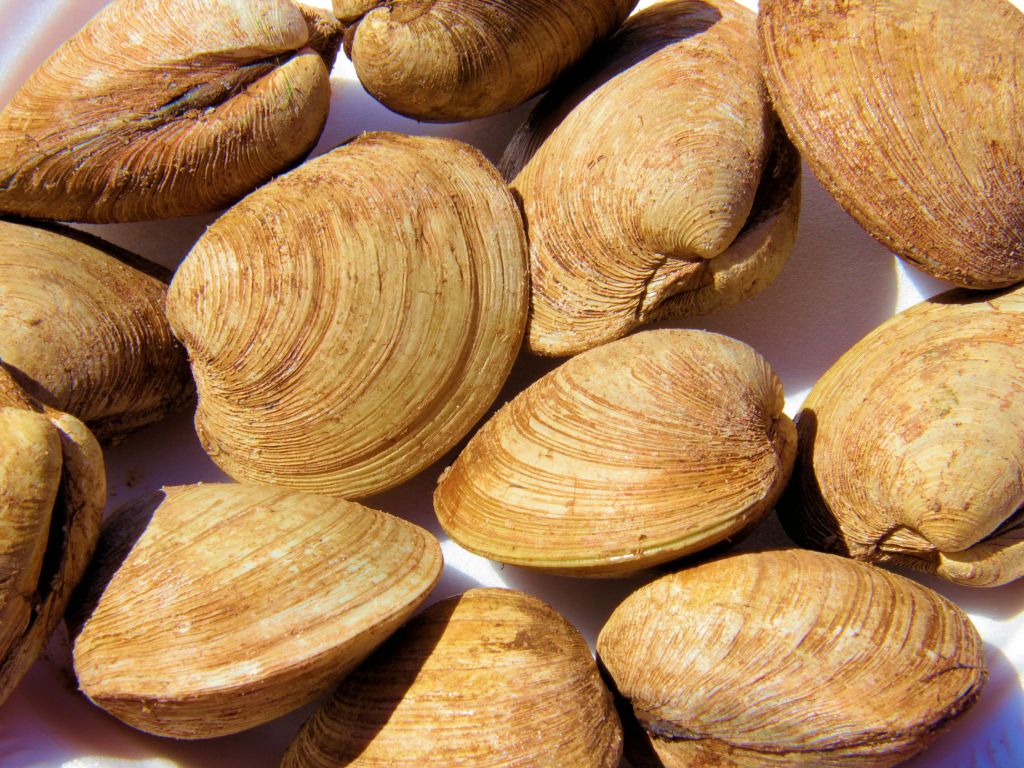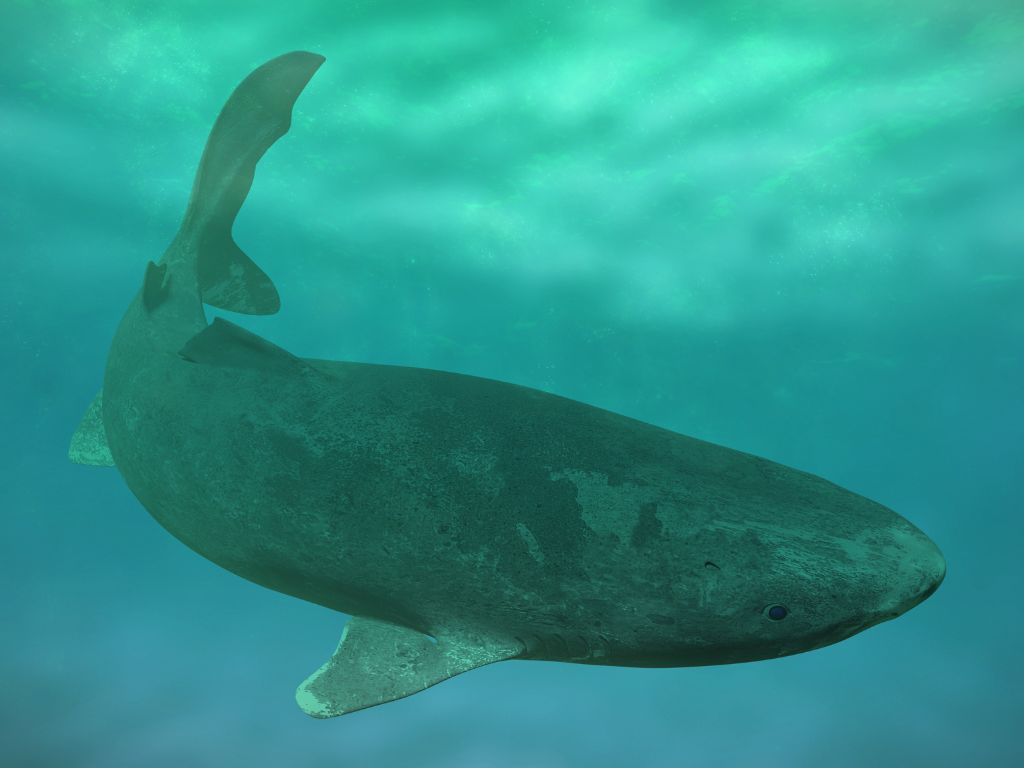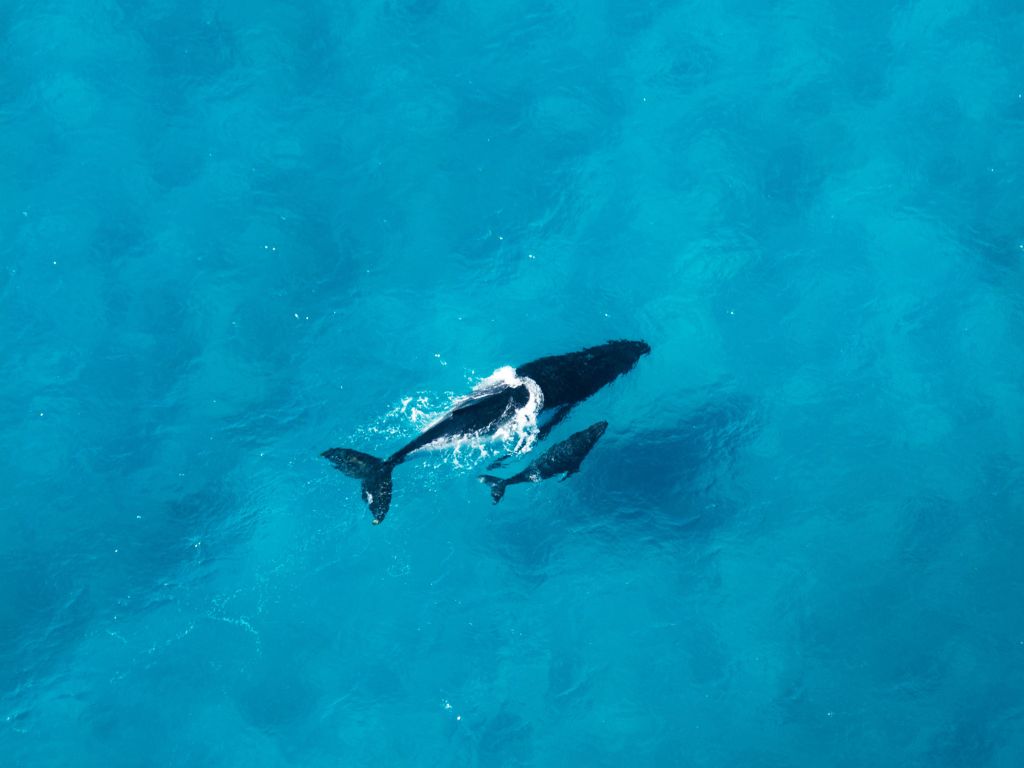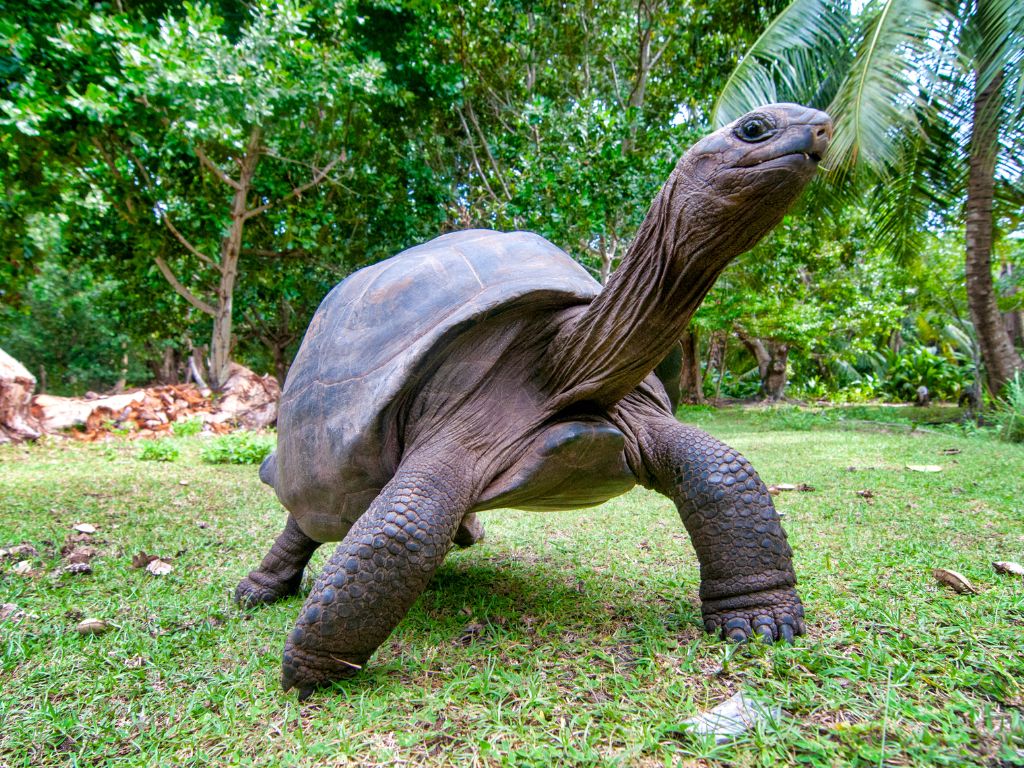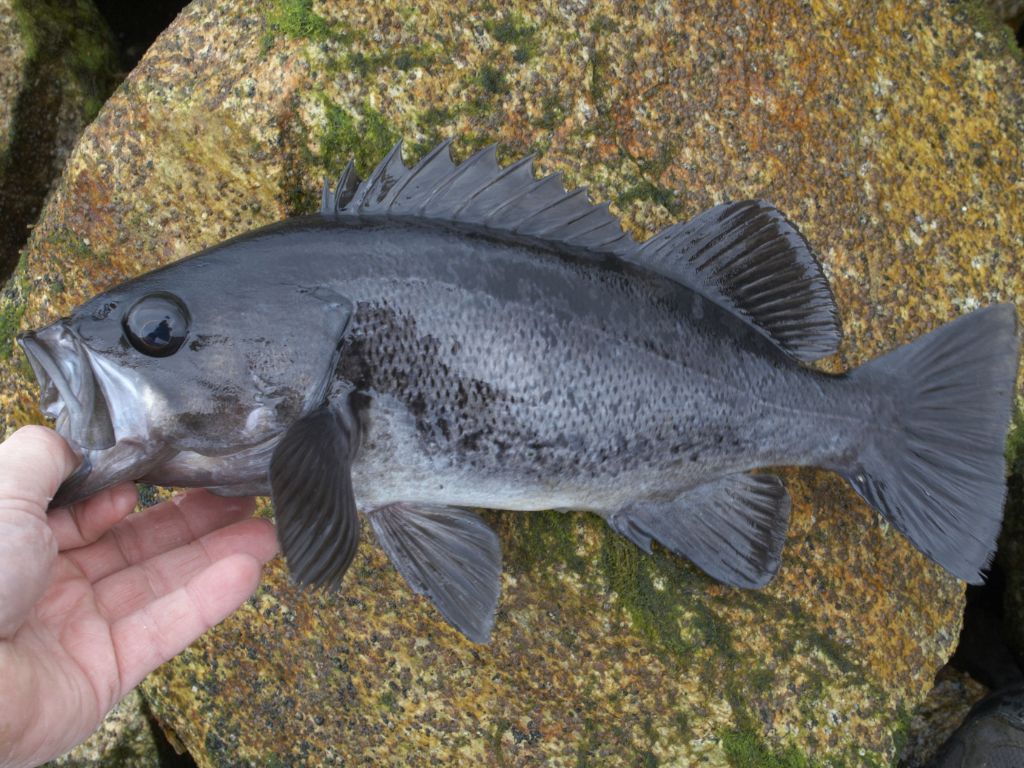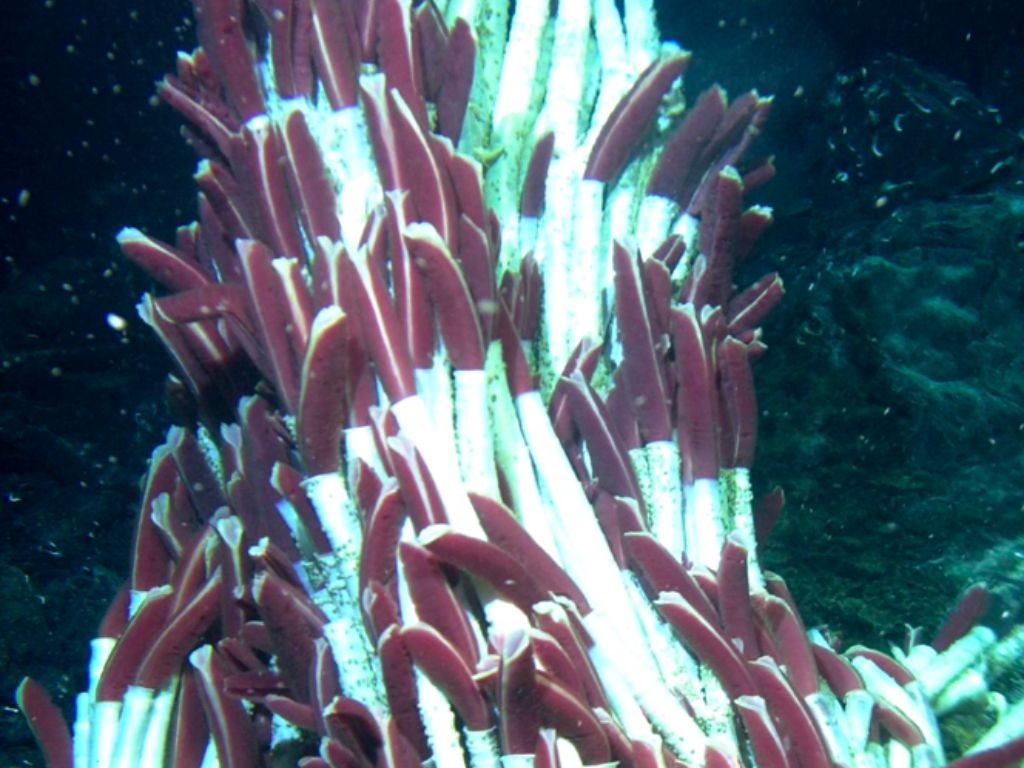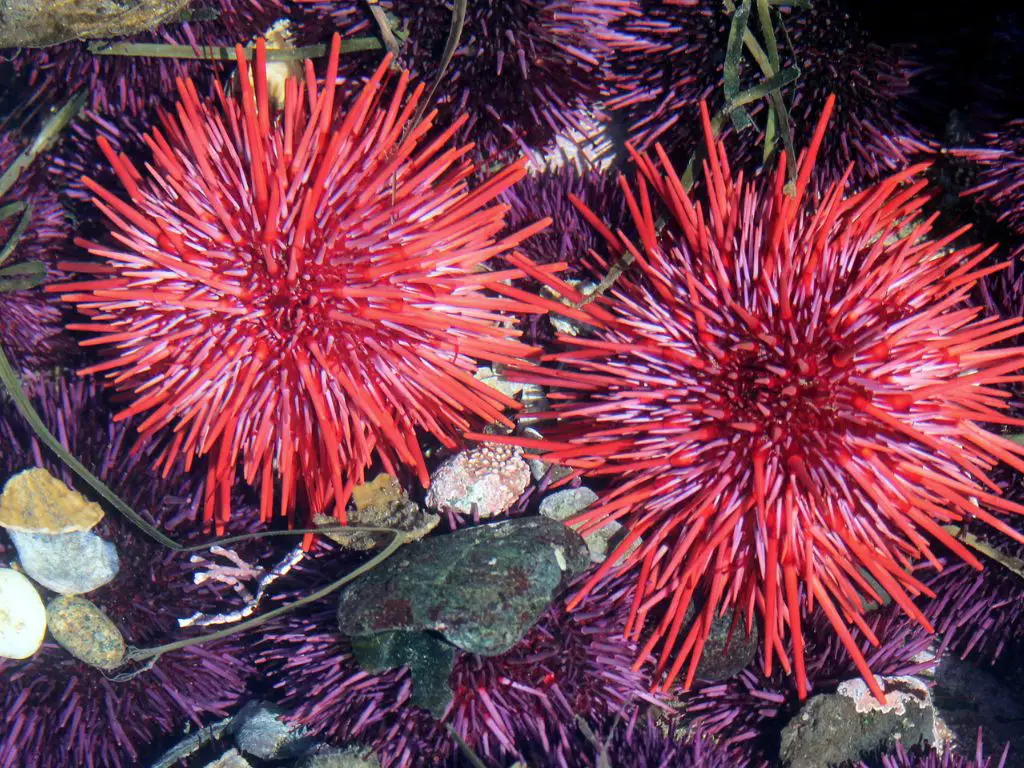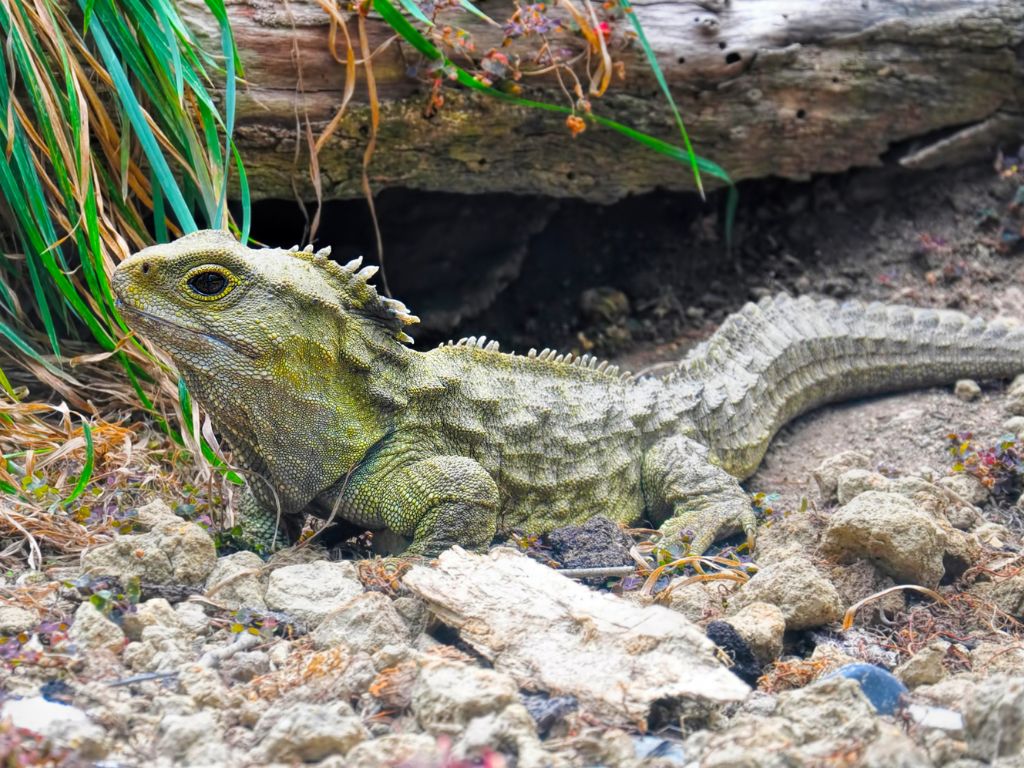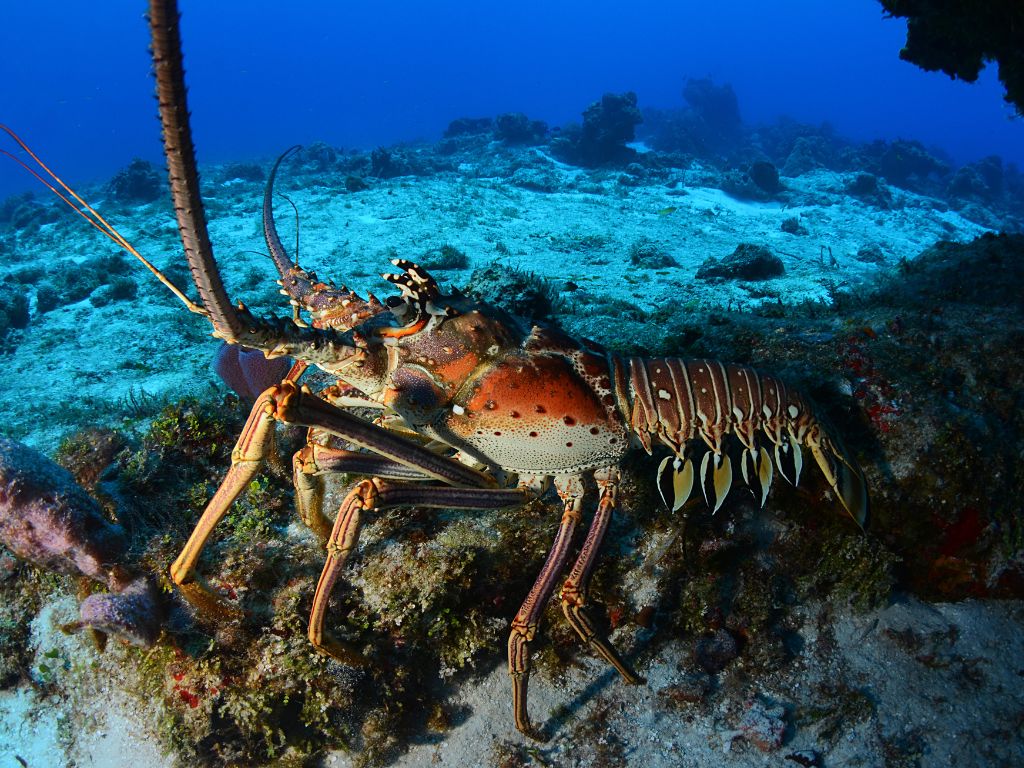Longevity is a fascinating subject that has captivated scientists and researchers for centuries. The study of long-lived animals offers valuable insights into the secrets of aging, life expectancy, and the incredible adaptability of life on Earth. This article delves into the world’s longest-living animals, examining their unique characteristics and exploring the reasons behind their exceptional lifespans.
The World’s Longest-Living Animals
Hydra
Hydra is a genus of freshwater invertebrates that are part of the phylum Cnidaria. They are known for their regenerative abilities, which allow them to regrow body parts and potentially live indefinitely. Hydra are capable of both sexual and asexual reproduction, and they can reproduce rapidly under the right conditions. They are a popular model organism in scientific research due to their unique biology and regenerative abilities. Research into hydra could offer valuable insights into the mechanisms of aging and cell regeneration.
The immortal jellyfish
The immortal jellyfish, or Turritopsis dohrnii, is a remarkable species of jellyfish that has captured the attention of scientists and the public alike. Unlike most jellyfish species, which have a fixed lifespan, the immortal jellyfish is capable of reverting back to its juvenile state after reaching maturity. This process, known as transdifferentiation, allows the jellyfish to essentially reset its biological clock and potentially live forever.
When an immortal jellyfish reaches maturity, it has the ability to transform its cells into a state of infancy, enabling it to start its life cycle anew. This process involves the breakdown of mature cells and the reorganization of their components into new, juvenile cells. The jellyfish then grows and matures once again, repeating the cycle indefinitely.
The exact mechanism behind this remarkable ability is not fully understood, but scientists believe that it is linked to the jellyfish’s telomeres, which are the protective caps on the ends of chromosomes that shorten as an organism ages. The immortal jellyfish appears to be able to maintain the length of its telomeres, which allows it to continually regenerate its cells and avoid the aging process.
Ocean quahog (Arctica islandica)
The ocean quahog is a bivalve mollusk that can live for over 500 years, with the oldest known specimen being 507 years old. Found in the cold waters of the North Atlantic, these clams possess an impressive ability to resist oxidative stress, which contributes to their remarkable longevity. Researchers believe that understanding the molecular mechanisms of this stress resistance may provide insights into human aging and disease prevention.
Greenland shark (Somniosus microcephalus)
Greenland sharks are slow-growing, deep-sea sharks with a lifespan of around 400 years. Their longevity is attributed to their cold environment and slow metabolism, which reduces the cellular damage typically associated with aging. Additionally, their unique proteins may offer protection against age-related diseases, making them an intriguing subject for further study.
Bowhead whale (Balaena mysticetus)
The Arctic-dwelling bowhead whale is known to live for over 200 years. These majestic creatures possess unique genetic adaptations that allow them to resist cancer and other age-related diseases. Their large size and blubber layer provide insulation and energy reserves, which may contribute to their extended lifespans.
Aldabra giant tortoise (Aldabrachelys gigantea)
Native to the Aldabra Atoll in the Indian Ocean, the Aldabra giant tortoise can live for more than 150 years. Their longevity is attributed to their slow metabolism, low reproductive rates, and the absence of natural predators. These factors, combined with a herbivorous diet rich in nutrients, allow the tortoise to conserve energy and maintain a healthy, long life.
Rougheye rockfish (Sebastes aleutianus)
The rougheye rockfish is a deep-sea fish species found in the North Pacific Ocean. It has an average lifespan of around 100-200 years, with some individuals living up to 205 years. They are known for their slow growth rate and late maturation, which contribute to their longevity. Rougheye rockfish are important both ecologically and commercially, and their extended lifespan has made them a subject of scientific interest.
Giant tube worm (Riftia pachyptila)
The giant tube worm is a marine invertebrate found in hydrothermal vents in the Pacific Ocean. It can grow up to 8 feet long and has a lifespan of over 100 years. The worm has a unique relationship with chemosynthetic bacteria, which provide it with nutrition in exchange for a habitat. The giant tube worm is known for its remarkable ability to withstand extreme temperatures and pressure, and its extended lifespan has made it an important subject of research into the evolution of life in extreme environments.
Red sea urchin (Mesocentrotus franciscanus)
Found along the Pacific coast of North America, the red sea urchin can live for over 100 years. Their remarkable longevity is linked to their ability to regenerate damaged tissue, an adaptation that allows them to recover from injuries and resist the effects of aging. Additionally, their low metabolic rates and unique antioxidant systems help protect against cellular damage.
Tuatara (Sphenodon punctatus)
Endemic to New Zealand, the tuatara is a reptile species that can live for over 100 years. Their longevity is attributed to their slow metabolism, low reproductive rates, and unique genetic makeup. They possess a “third eye” called the parietal eye, which may play a role in their longevity by regulating circadian rhythms and seasonal reproduction.
Lobsters
Certain lobster species, such as the American lobster (Homarus americanus), can live for up to 100 years. Lobsters exhibit a phenomenon known as indeterminate growth, which allows them to continue growing throughout their lives. This continuous growth is thought to help lobsters resist the typical decline in bodily functions associated with aging.
The world’s longest-living animals offer a unique window into the biological processes that govern aging and life expectancy. By studying these remarkable creatures, researchers hope to uncover the secrets of longevity and develop new strategies to improve human health and well-being.

